Amazonizing choreographic perspectives, poiesis, praxis and something else
> reflective essayApril, 2020
This writing gives continuity to the practical-theoretical study module “Dramaturgy through the lens of Poetics”, taught by Dr. Konstantina Georgelou and Dr. João da Silva in the frame of the Master Performance Practices program at ArtEZ University of the Arts, Arnhem, Netherlands. I will reflect on the visible and invisible forms that entail the dynamics of my current artistic research in the fields of choreography and dance, The Amazonizing Project. Regarding poetics as the activity of form (Manchev, 2015), as well as that which exceeds the function of language, I will attempt to clarify what I consider to be an entanglement and a feedback loop between poetics and form in my work. I will do so in order to reflect on how the poetics of my work might be dramaturgically relevant and on whether the poetics might have the capacity to give conditions for “something else” (Allsopp, 2013) to appear in the performance encounter.
The Amazonizing Project is a research in the fields of dance and choreography, crossed by Indigenous Amazonian perspectives on the body, humanity and environment and some of their mythologies. It is informed by investigations of intersections of Indigenous Amazonian knowledge drawn from the field of anthropology with posthuman philosophy and decolonial perspectives. The research devises performance practices that reflect and speculate on ways of seeing, perceiving and becoming that escape the rational western gaze. The Amazonizing Project propels me to challenge my worldviews and knowledge through artistic practice.
Viewing choreography as a type of poetics, as a practice that continuously attempts to move beyond what we know (Allsopp, 2015), one of the challenges of enacting performances in the frame of this research is to discover compositional and dramaturgical strategies that allow the performance encounters to remain in the terrain of dynamic forms, rather than giving in to frameworks. This way, the poetics of the practice may enable the creation of virtual realities where the layers of form circulate between the artwork and the spectators. This circulation of forms and forces may then enable “something else”–the indescribable potential of live performances–to appear. I am particularly interested in proposing uncanny experiences, a kind of poetics of alienation that suggests the existence of many possible worlds. Through performance encounters, I aim to multiply perspectives and to propose that, rather than different points of view of one reality, there are other realities, and potentially other ways of being and becoming.
In The Amazonizing Project, studio practice and public performances should not be viewed as separate things. By creating the verb to amazonize I address the interest in the doing, in the construction of virtual realities that have their own order. The starting point of such construction is enacting modes of practicing the encounter between ancestral knowledge–indigenous Amazonian philosophy–and posthuman philosophy. I am not interested in being descriptive or particularly faithful to the field of anthropology, for this would be an impossible task which goes beyond my fields of study and artistic interests. According to Brazilian anthropologist Eduardo Viveiros de Castro (2004), Poiesis, creation/production/invention is the archetypal mode for action in modern western societies, it belongs to the paradigm of production. The paradigm of exchange of the Amerindian world is constructed around the ideas of transformation/transfer, which correspond to the original meaning of the word praxis. The Amerindians do not believe in creating culture, but in absorbing, transforming culture from other species and making it their own. In Amerindian cosmogony the act of creation is virtually absent. Beings and things originate from the transformation of a universal humanity.
 Shamanic vision of the forest, urihi a, by David Kopenawa, Yanomami shaman and Portuguese-speaking spokesperson for the Yanomamis in Brazil (Kopenawa and Albert, 2010).
Shamanic vision of the forest, urihi a, by David Kopenawa, Yanomami shaman and Portuguese-speaking spokesperson for the Yanomamis in Brazil (Kopenawa and Albert, 2010).
Since the artwork performs what it does, not what is in it (Allsopp, 2005), the interest in the doing, leads me to trust my practices and investigate what they can potentially do when framed as performances. So, what spills out of the work’s material form, the longed for “something else”, and what the work attracts–thoughts, memories, desires, affects, sensations–should belong to the relational orders my works propose. This way, the encounter between ancestral “prehuman” (remembering that “human” is a concept that has a locus of enunciation) and posthuman knowledge can articulate potential modes of existence that might disrupt epistemological hierarchies.
The continuous doing of amazonizing entails a process of entangling practices: reflecting and experimenting with theoretical propositions and score writing and score practice and movement practices based on breathing and a kind of oracular speech and sometimes other things. My work can be viewed as a forest of visible and invisible forms that emerge from the co-existence of such creative acts, praxis, and their poetics. The performative experiments I have devised to this moment try to encompass not necessarily all these practices, but some of them. I view such apparent excess as a strategy to expose, and potentially capture, the dynamic forms that emerge from the, at first glance, unthinkable co-existence of actions. I am currently speculating on how working with the excess of materials might generate compelling ‘flows, intensities and energetics’
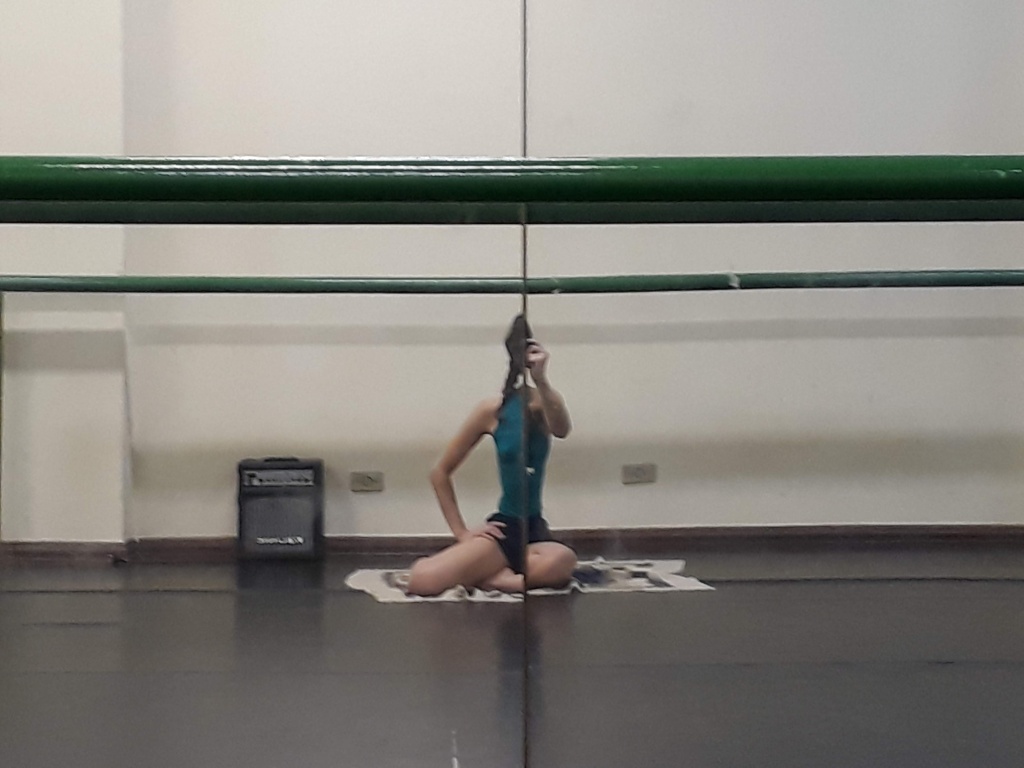
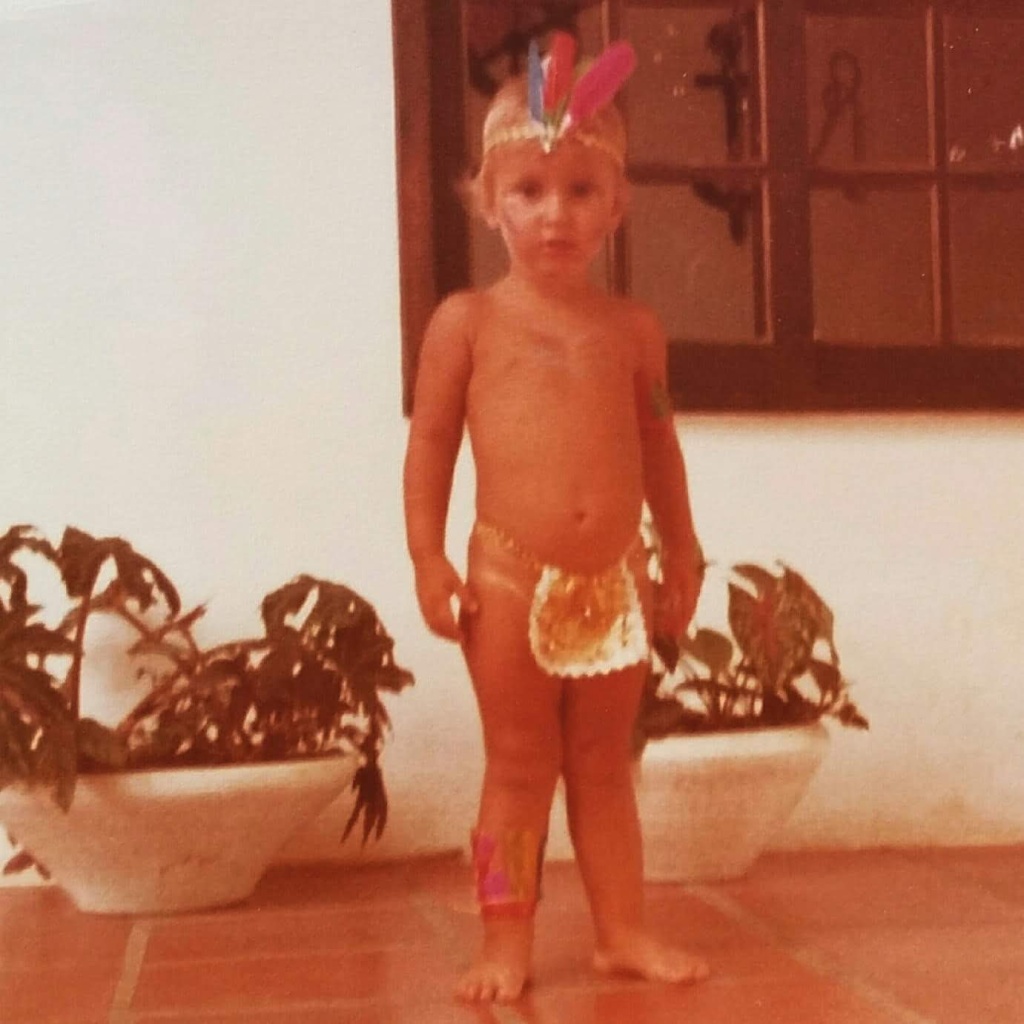

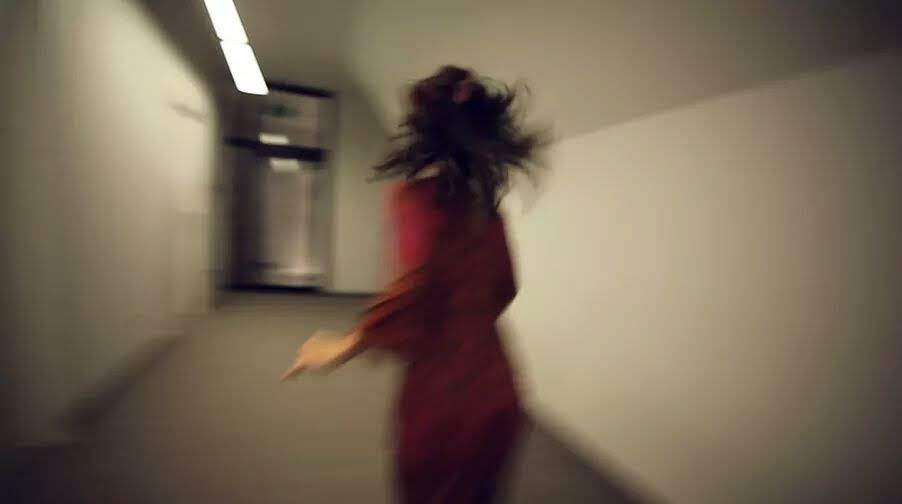
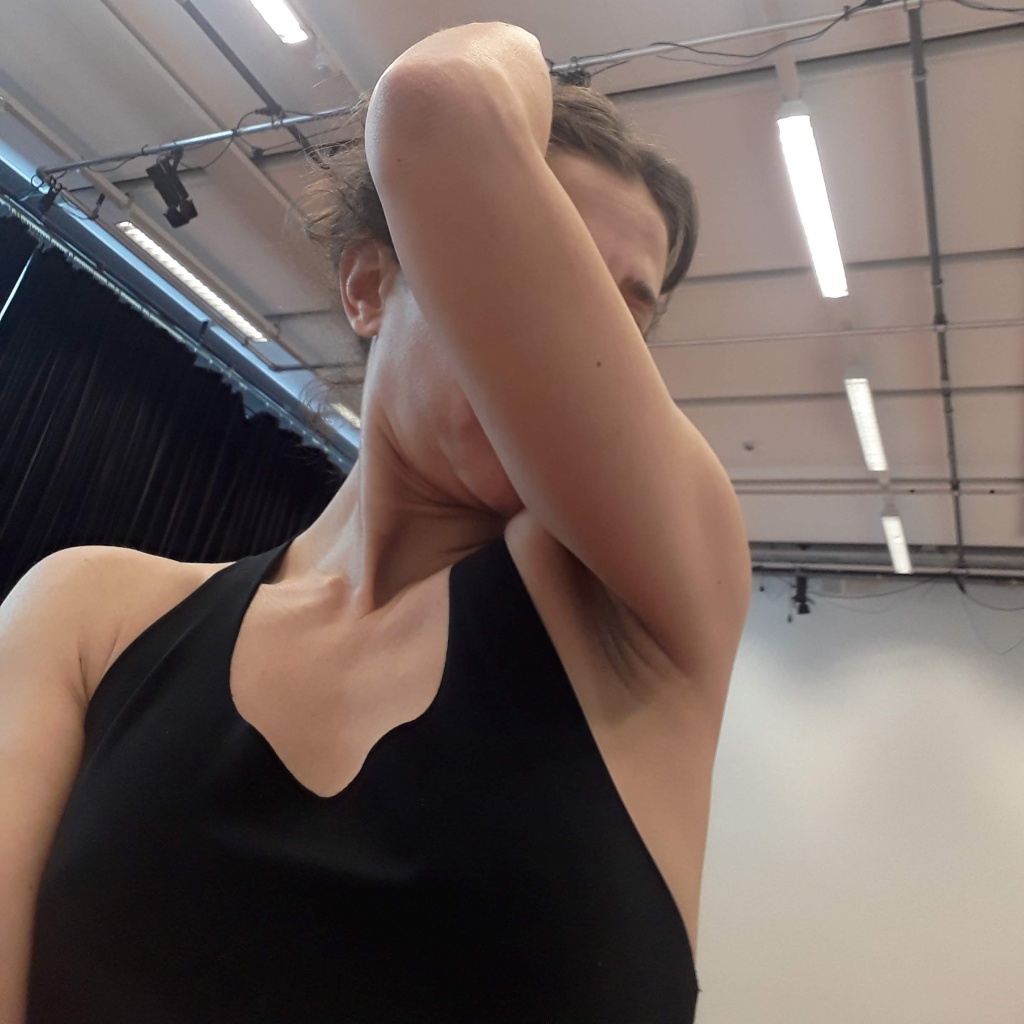
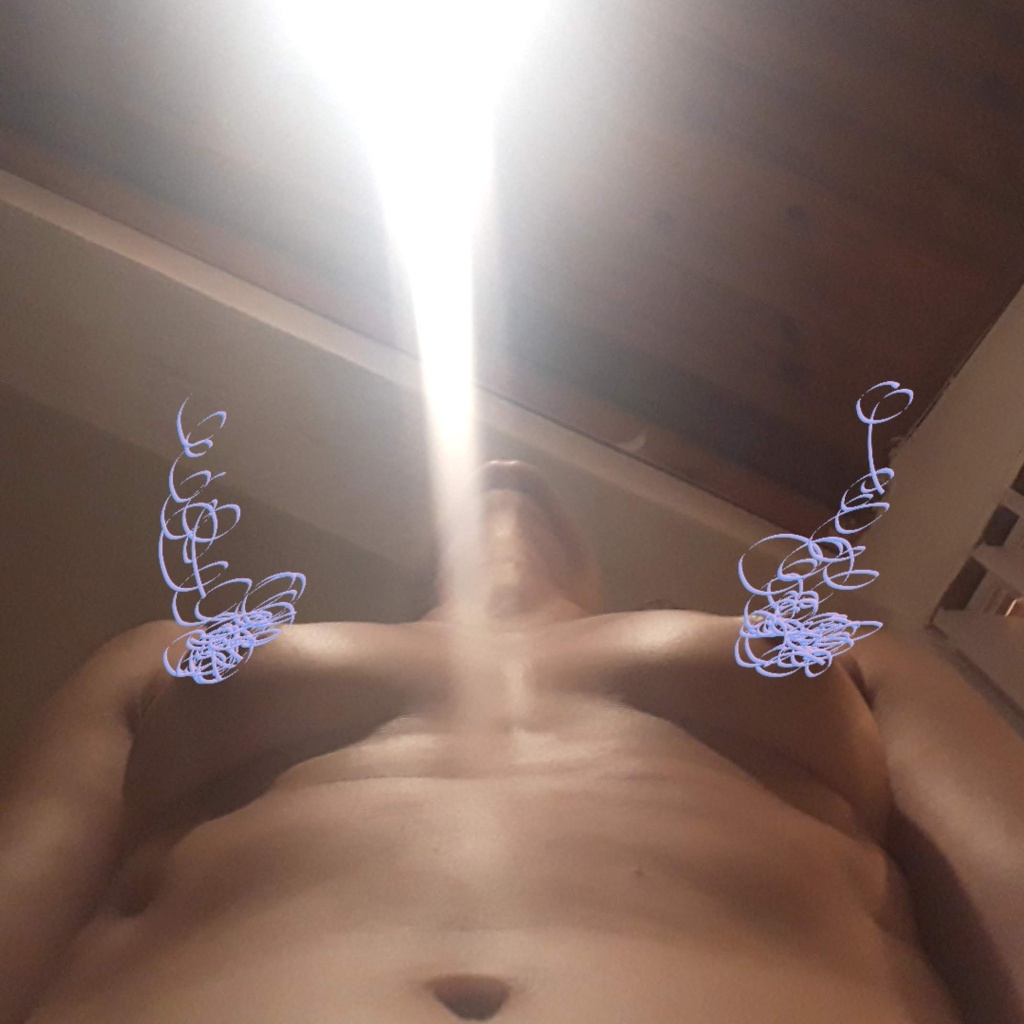
Choreographer-Shaman-Warrior
Following the Amerindian paradigm of exchange as a condition for production, I adopt transformation as a condition for creation in my work. From this perspective, I describe my research as a process of deforming pre-existing forms. And I call the acts of transforming such pre-existing forms creative acts, poetics. Such acts of deformation and transformation of pre-existing forms can be analogically related to Amazonian practices of anthropophagy, shamanism and warfare: they all involve the embodiment by the self of the enemy’s point of view (Viveiros de Castro, 2004). I will hopefully not deal with enemies in my artistic practice, but the word “enemy” may be replaced by “other” for the sake of this reflection. In Amazonia the incorporation of the “other” happens through a process of hyper-subjectification instead of a process of objectification (Ibid.). By embodying the qualities of the other, you are both deforming a pre-existing form and transforming yourself.
One of the practices of my research is to (re)write and perform a score. I have written a score based on the template of the solo dance score No Time to Fly (2010) by choreographer Deborah Hay. Rewriting Hay’s score was the first step of a procedure that uses the feedback loop between writing the score and activating it. The idea is to dance it and rewrite it from an embodied understanding of its performative potential. Activating the score is a way to approach poetics as “thinking through making” and to reconcile “thought with matter and time” (Allsopp, 2013). This practice trusts the excess of the poetics of the score: if poetics operate in excess of the functions of language (Ibid.), the activation of the score might generate “new” forms that also exceed language, creating a double process of transformation. This is what I have identified as an entanglement and feedback loop between poetics and form in my work. At times, it is difficult to name them as one of either notions only. Such difficulty might relate to the moment of naming them: at times, the score may hold the form together, at other times, depending on the constellation of practices participating in the composition, it may be identified as poetics. In The Amazonizing Project, the poetics of pre-existing forms operate by generating “new” forms. When these “new” forms are activated by bodies in performance, they allow yet another poetic layer to emerge.
In my work praxis carries the meanings of both practice and transformation. If the act of transforming is how the poetics shape form in my work, there is an indelible connection between praxis and poetics. The choice of Hay’s score was made based on its open form and its use of poetic language and imagery juxtaposed with directives to avoid representation and illustration, i.e. to avoid recognition and allow the images generated during the performance to remain opaque, to allow the form to exceed the material form of the artwork. Furthermore, poetic language is able to break down known logics and cross the categorical barriers of language. Imagery became entryways for rewriting the score, means of transforming it through the gradual introduction of Amazonian societies’ ideas regarding the body, humanity and environment and mythologies. The indigenous concept of humanity permeates all animate and much of inanimate matter, i.e. humanity is not a special condition, and is therefore not central (Viveiros de Castro, 2004). For this reason, the act of anthropomorphizing animals and objects (what at times happens in the score), does not reflect anthropocentrism, but it comes from cosmogonic perspectives that take humanity as the substance the universe is made of.
The connection between the performing body and the poetics of the score occurs simultaneously in different levels. Language functions as an extension of thought, as a vehicle that enables the performer to transit through different affective and imaginary landscapes. Such fictions strongly relate to the (supposedly) shared reality between the performer and the spectators, who are invited to participate (not always directly) by entering the journey. Inevitably, the experience of the performer and the relational orders proposed by the work are introjected into the spectators’ bodies.
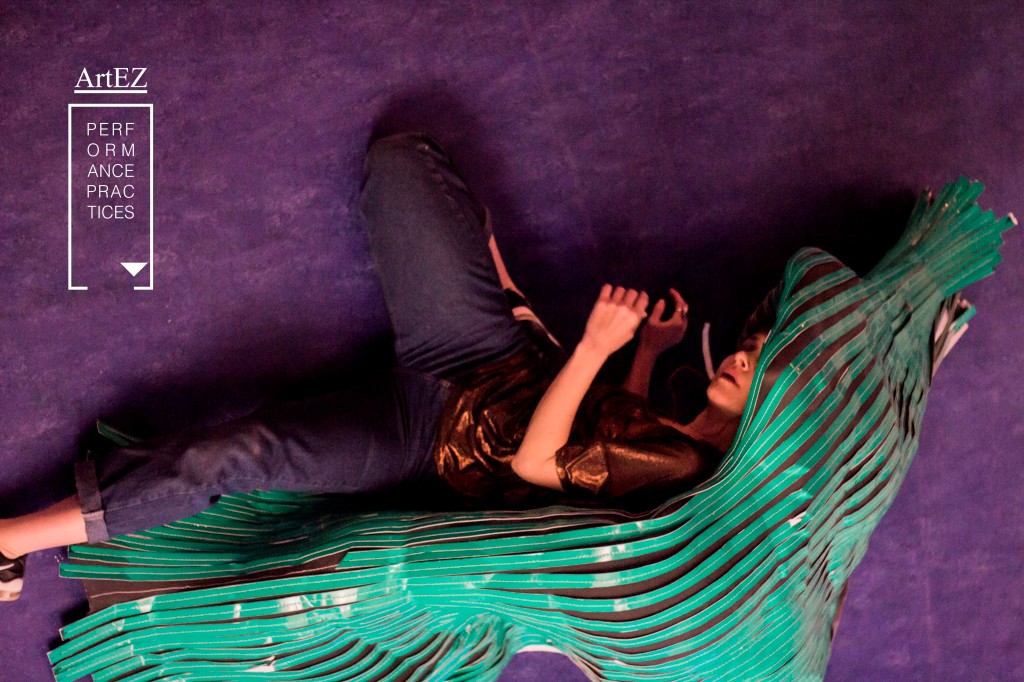
Being swallowed by something that had already fed on Fernanda Gonzáles Morales during the MTP performance event as part “Uitnacht”, Arnhem. photo: Fenia Kotsopoulou/Daz Disley.
The edge of the forest
The layers of the score place together registers and instructions that seem incompatible, having the potential to push the performer to juggle between over-thinking and acting through affect and intuition. What happens in between these two limits–that are not opposite binaries in this context–is unstable immaterial form. Taking form as a finite activity, rather than a fixture, the identification of its limits is crucial for transformation to occur (Manchev, 2015). Thus, limits are inherently thresholds between forms. The practitioner identifies the limits of form either by means of cognition, or from the knowledge of the body (unfortunately language is a form and it therefore has a limit, what makes me refer to processes of thought as “separate” from the knowledge of the body). Although all body-related processes happen together, the variations of the performer’s states when transformation takes place does very different things to the viewer. If the limit of action is deliberate, the transformation that follows takes the viewer through a completely different journey than when it happens before perception is activated (yes, perception is an action).
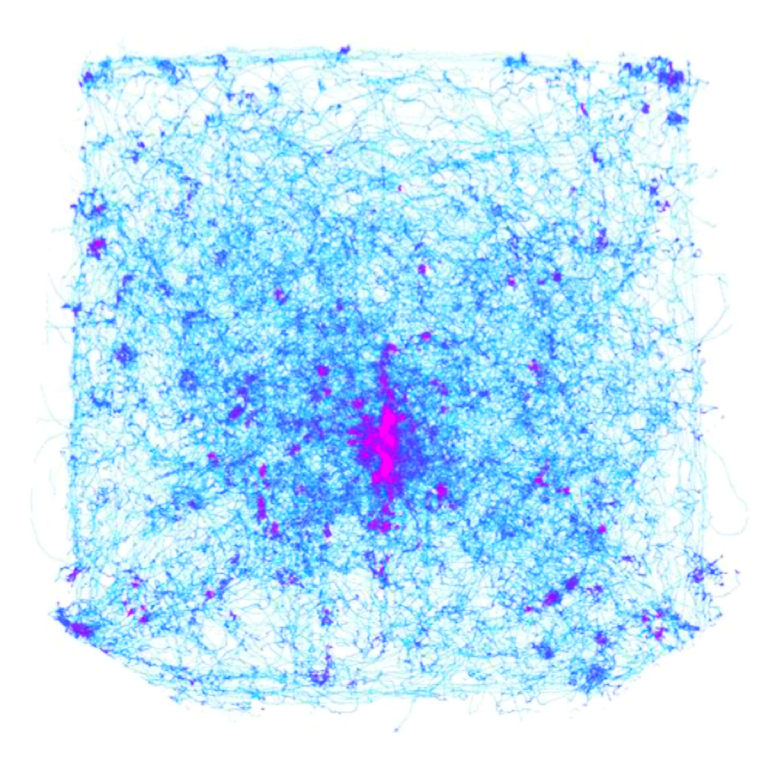
Imagination and speculation
Still regarding what the performer does when performing the score, I see a relation between my artistic proposition and a thought articulated by Brazilian choreographer Alejandro Ahmed referring to what he names “generative composition”: to perform the score is to simultaneously create and move through a forest (I have here replaced “labyrinth” with “forest”, but this forest is labyrinthic anyway). The limits of form in the performance of the score can also be triggered by imagination and speculation, which are deployed as strategies for inhabiting multiple perspectives, having multiple bodies and (re)creating environments. Imagination and speculation are means to access incomplete conceptual understandings and/or impossibilities caused by the limits of physicality or conceptualization. Imagination and speculation also determine the shades, textures and scents of the poetics of my work, possibly working as a compass for making dramaturgical choices.
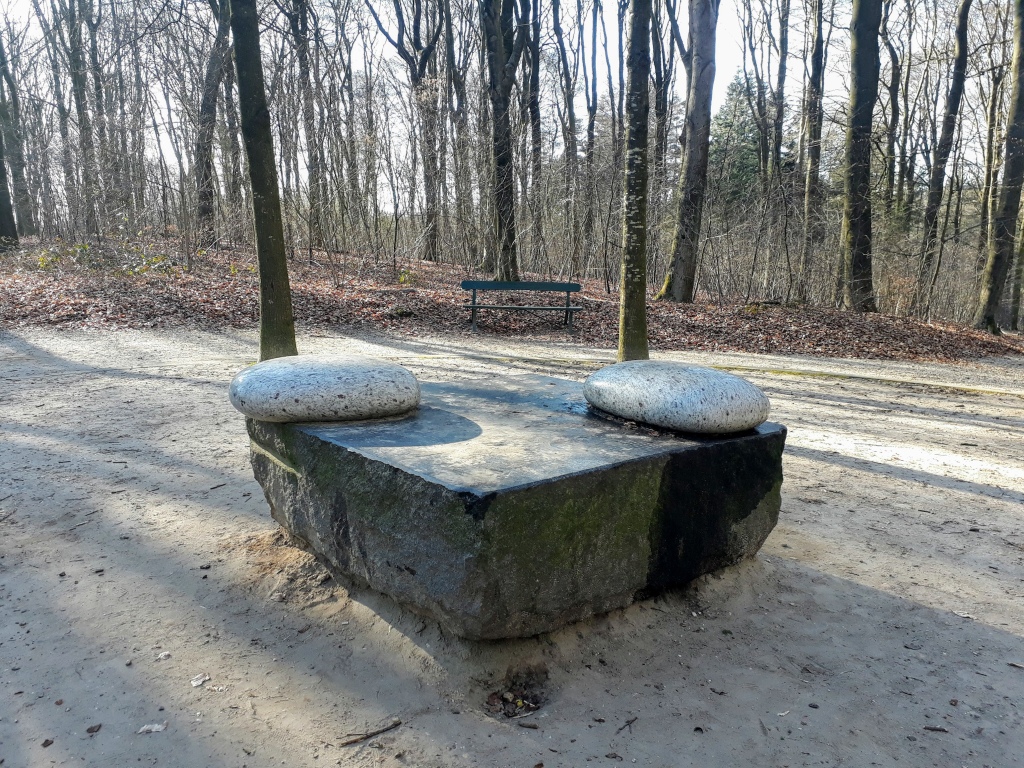
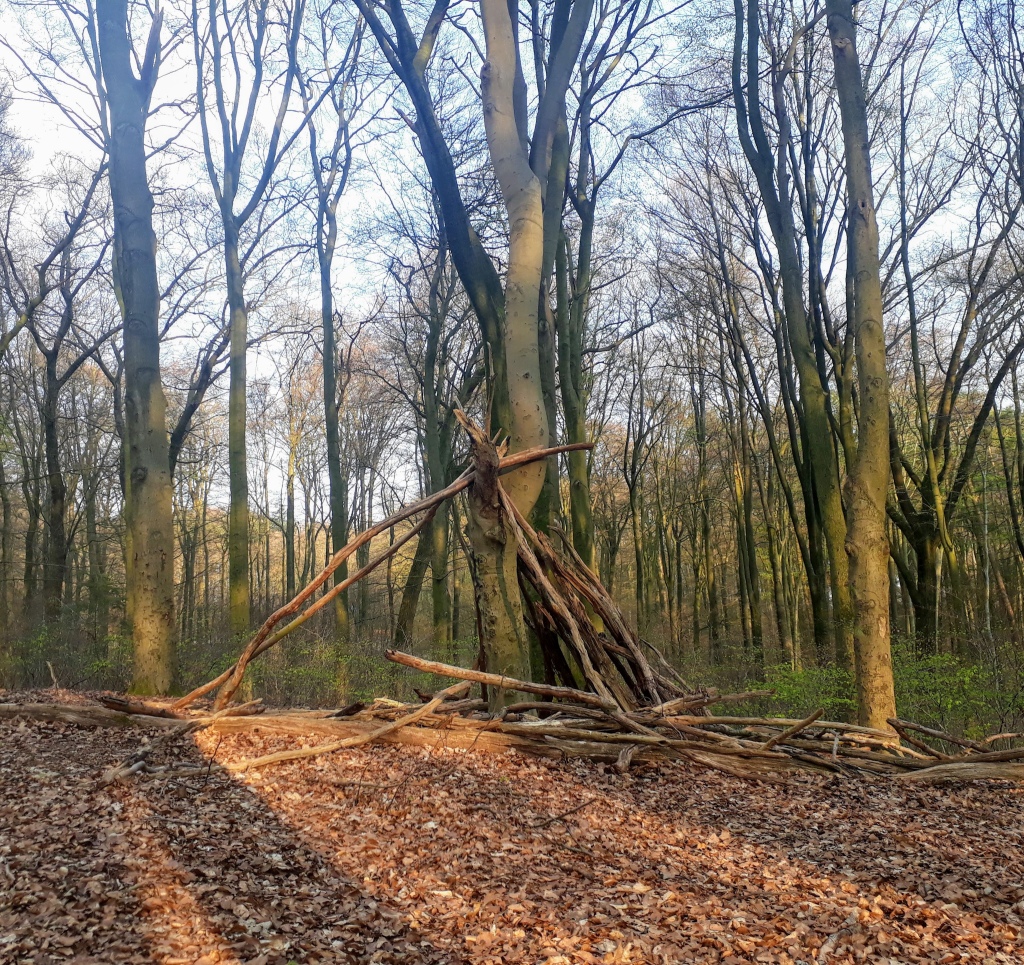

References
Allsopp, R. (2015). “Some Notes on Poetics and Choreography”, in Performance Research 20:1, p. 4-12.
Allsopp, R. (2013). “Something Else: On Latency and Composition”, in Practicing Composition: Making Practice: Texts, Dialogues and Documents 2011-2013, ed. by Kirsi Monni and Ric Allsopp, Helsinki: University of the Arts Helsinki, Theatre Academy, p. 126-153. Available at: https://helda.helsinki.fi/bitstream/handle/10138/159031/Kinesis_6.pdf (Accessed: 17 April 2020).
Allsopp, R. (2005). “On Form/Yet to Come”, in Performance Research, 10:2, p. 1-4.
Kopenawa, D. and Albert, B. (2010). A Queda do Céu: Palavras de um xamã yanomami. São Paulo: Editora Schwarcz S.A./ Companhia das Letras.
Manchev, B. (2015). “The New Arachne: Towards a poetics of dynamic forms”, in Performance Research 20:1, p. 18-26.
Viveiros de Castro, E. (2004). “Exchanging Perspectives: The Transformation of Objects into Subjects in Amerindian Ontologies”, in Common Knowledge, Volume 10, Issue 3, Fall 2004, p. 463-484. Available at: (Accessed: 17 April 2020).
.